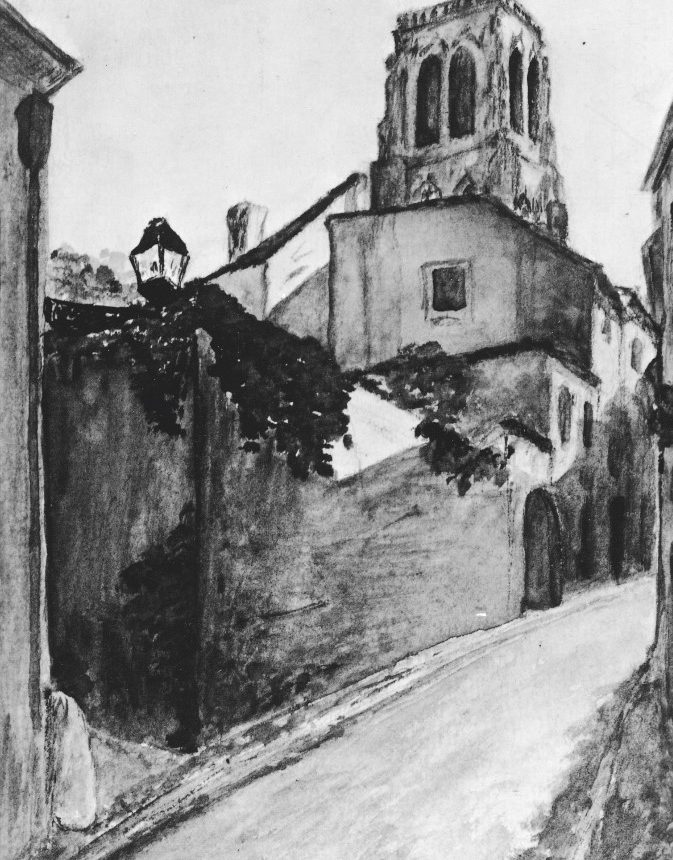Yehiel SPOLIANSKY
January 4, 2019Marc STERLING
January 4, 2019Manfred STARKHAUS
FIERT (GERMANY) 1925 – DEPORTED 1943
Manfred Starkhaus’s parents were originally from Poland. They fled the pogroms and emmigrated to Germany; however, they could not settle there because of the racial laws in effect. The Starkhaus family then found refuge in Saint-Louis near Basel and later in Auch in the Gers department. Manfred Starkhaus studied at a high school in Auch and graduated with honors. He drew incessantly and painted landscapes of the region. In 1939, his mother, who felt that staying in France would become dangerous, decided to emmigrate to the United States. However, she could not, as she did not have sufficient financial means. Manfred Starhaus was arrested on February 24, 1943 and was imprisoned in Auch. He was interned in Drancy on March 2, 1943, and deported on April 4. He was murdered by the Nazis.
Stories of Jewish Artists of the School of Paris 1905-1939
FRENCH-ENGLISH
Capitale des arts, le Paris des années 1905-1939 attire les artistes du monde entier. De cette période de foisonnement, un terme est resté, celui d'Ecole de Paris, qui recouvre une grande diversité d'expression artistique. Dans ce brassage dont Montparnasse est le creuset, un groupe se distingue : celui des artistes juifs venus de Russie, de Pologne et d'Europe centrale. Si leurs styles sont variés, un destin commun les rassemble : ils fuient l'antisémitisme de leur pays d'origine. Certains ont connu la célébrité dès les années 1920, tels Soutine, Lipchitz ou Chagall. D'autres n'ont pas eu le temps ou la chance d'y accéder. Près de la moitié a péri dans les camps de concentration nazis.
From 1905 to 1939, Paris attracted artists from all over the globe as the capital of the art world. This period of artistic proliferation became known as the School of Paris, and includes a great diversity of artistic expression. Within the teeming art world centred on Montparnasse, one group set itself apart: Jewish artists from Russia, Poland, and Central Europe. Although their styles were diverse, they shared the common fate of fleeing anti-Semitic persecutions in their home countries. Some became famous in the 1920s, such as Soutine, Lipchitz, and Chagall, while others did not have the time or the luck to gain renown. Nearly half of these artists died in Nazi concentration camps.





